Yes, You Can Soundproof a Room Yourself—Here's How
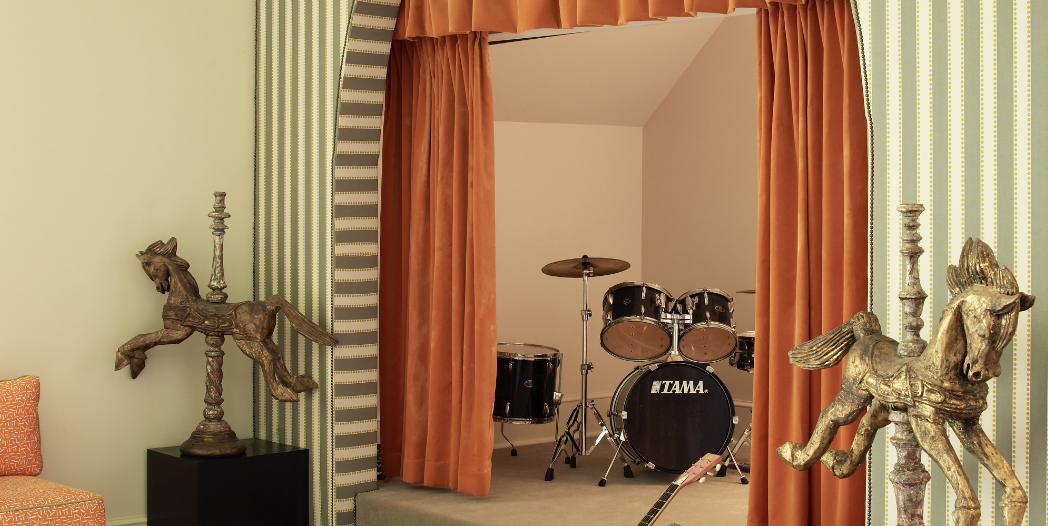
"Hearst Magazines and Yahoo may earn commission or revenue on some items through the links below."
Whether your aim is to muffle noisy city streets just beyond your bedroom window or contain blaring tunes in a music room, there are plenty of ways you can soundproof a space. Quick fixes, like hanging thick blankets or window curtains, are budget- and renter-friendly. Adding more drywall to an existing wall offers a more permanent, hidden solution. Whatever method you choose, these soundproofing tricks are sure to help create a quieter atmosphere.
Use Wall Hangings or Panels
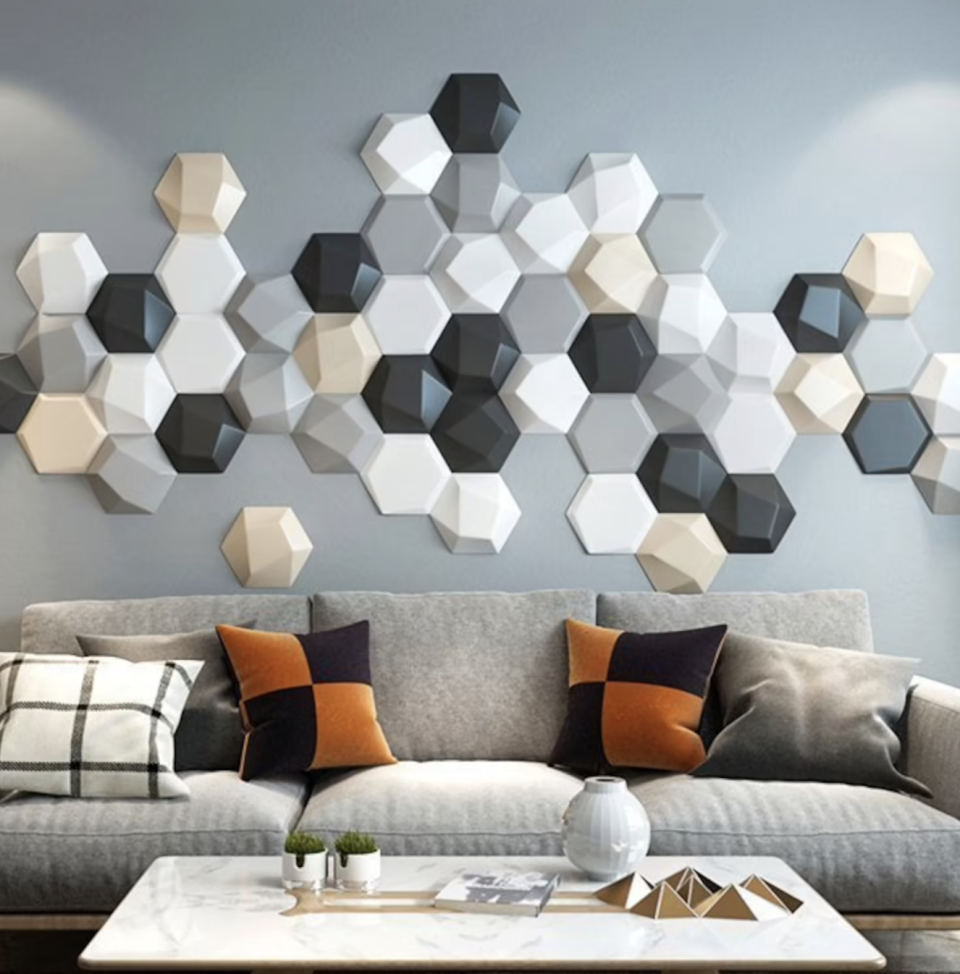
Hard surfaces reflect and amplify sounds, so naturally soft surfaces do the opposite. Hang thick blankets, tapestries, or quilts on your walls to easily and quickly make the room quieter. Any soft material will do the trick, but the thicker it is, the better (a super-thin tapestry won’t do much!).
If you’re not into how hanging blankets might look, consider using sound-absorbing wall panels. There are fairly basic, industrial-looking ones that you can completely cover a wall with or arrange into a more artistic wall display—as well as decorative options, like these hexagon-shaped tiles and these French country-style panels. You can even hang sound-absorbing panels on the ceiling, should you have a noisy room upstairs or a loud neighbor.
Incorporate Rugs
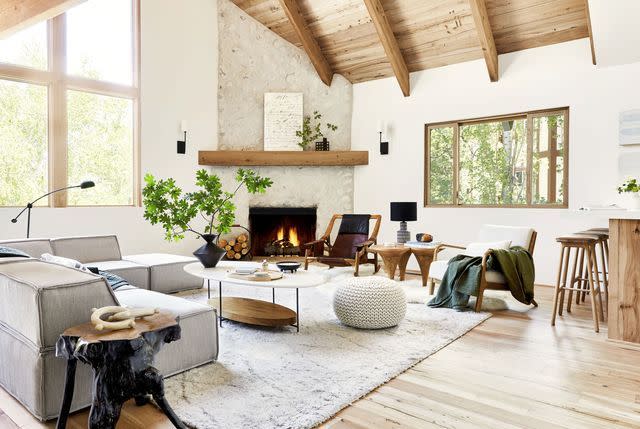
If you have hard floors—wood, tile, or pretty much anything that’s not carpeting—cover some of that sound-reflecting surface area up with a thick area rug. Slip a dense rug pad underneath it for extra sound absorption.
Add Window Treatments
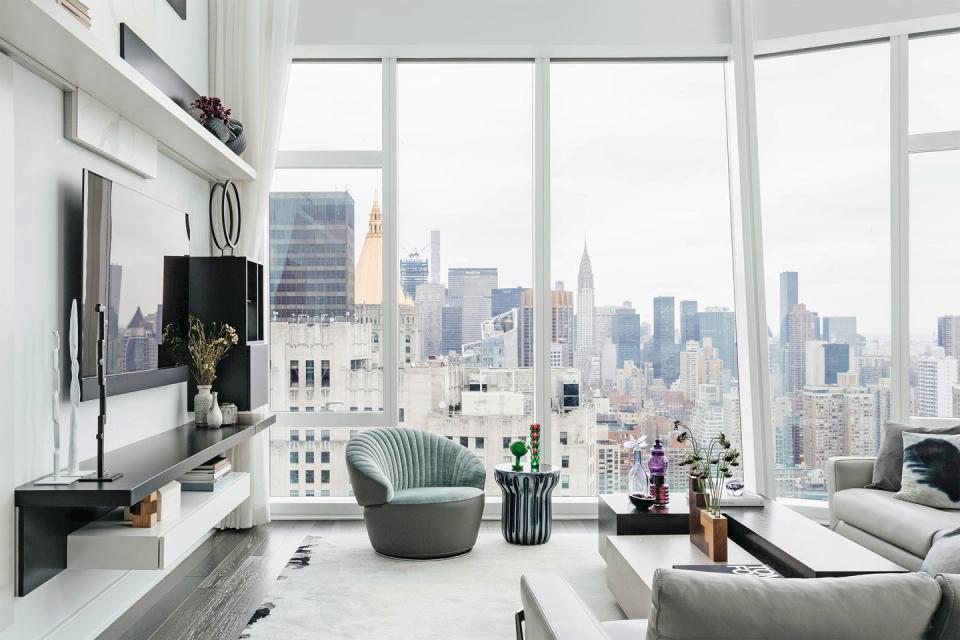
Windows aren’t exactly great at blocking noise. Luckily, there are a few ways to amplify their abilities. For a quick and easy fix, install noise-reducing curtains. The thick, heavy drapes are made of a range of materials, like polyester, velvet, and satin. They come in various designs, so you’re likely to find one that matches your home's aesthetic. Better yet, they can be hung on regular curtain rods, and double as blackout curtains to shut out sunlight.
Another option? Window inserts. While on the pricier side, these clear glass or acrylic panels can be installed right over your existing windows. The air gap between your existing window and the insert traps sound, making whatever sound that does get through much quieter.
Weatherproof Your Door
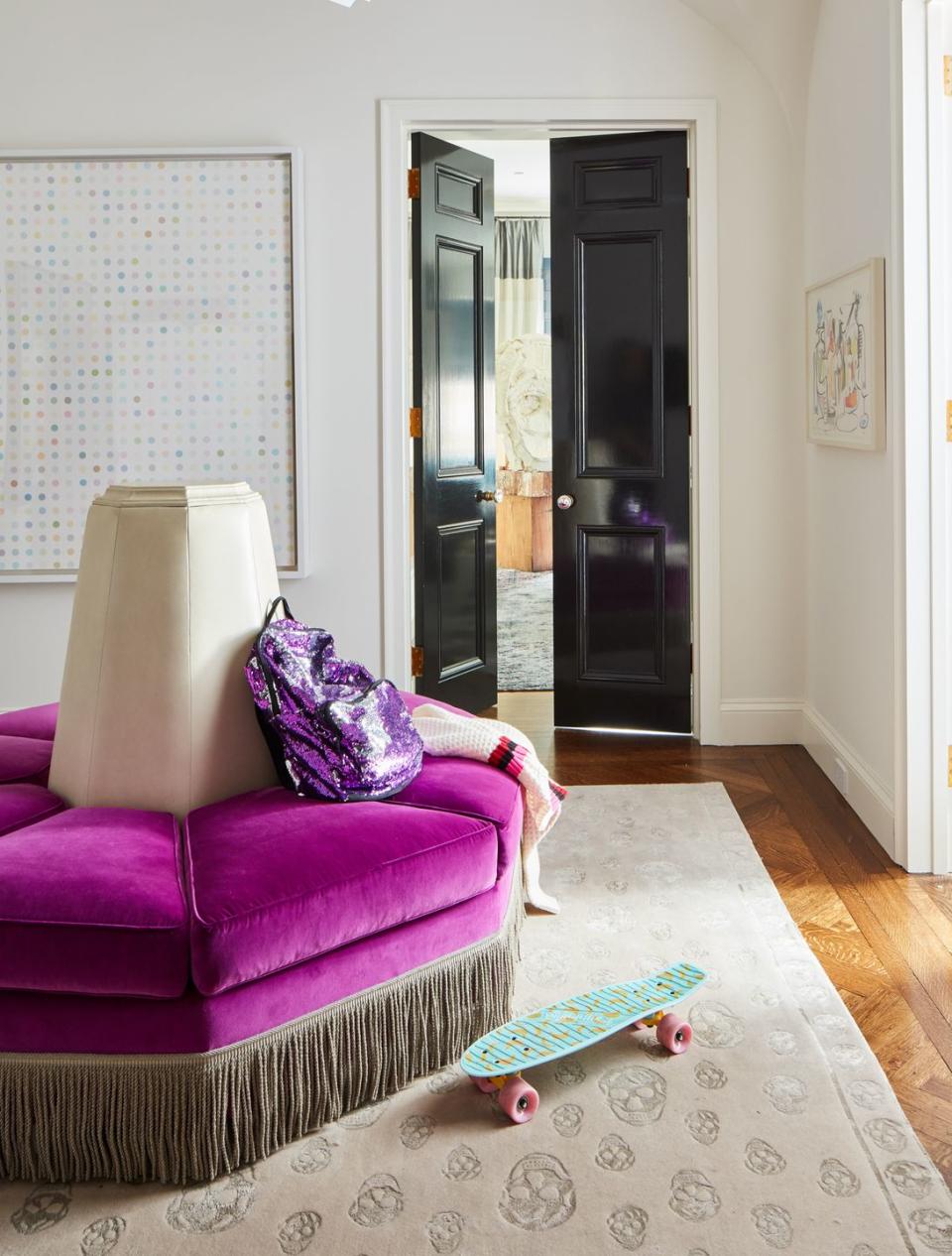
A draft stopper can do more than prevent any unwanted air, dust, or bugs from getting underneath your door. The strip can help muffle sound, too. For added protection, you can add peel-and-stick foam rubber weather stripping to the perimeter of the door.
Absorb Vibrations
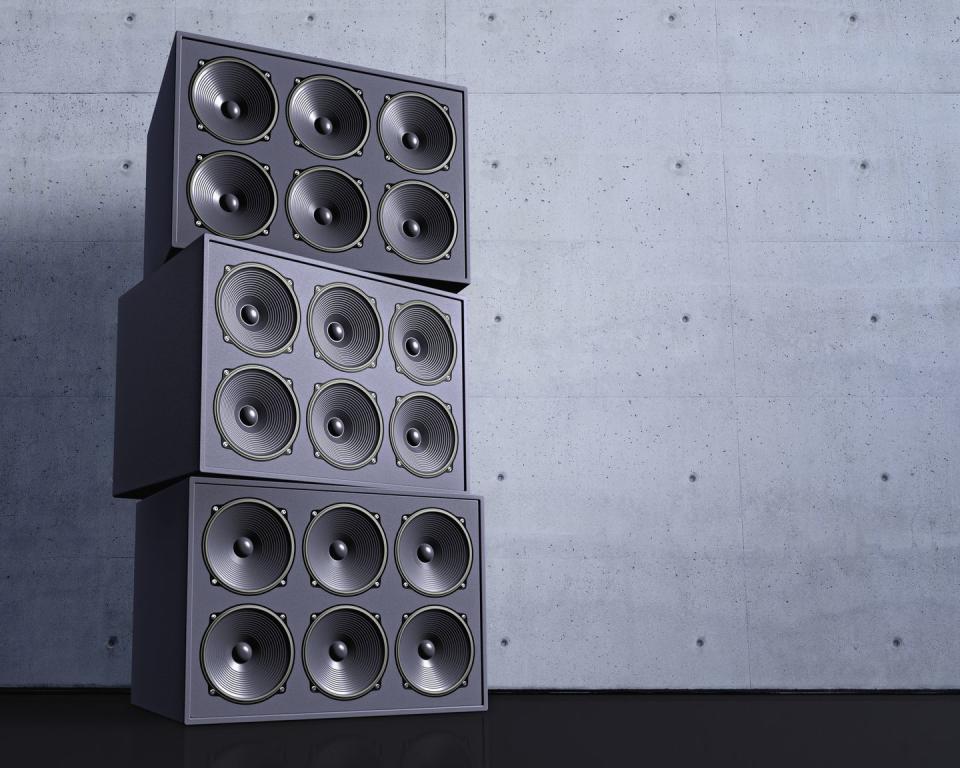
Equipment and machinery can easily transfer vibrations. Place a thick piece of foam rubber under speakers, appliances, stationary bikes, and treadmills to dampen any sound that comes from them.
Try Bookcases
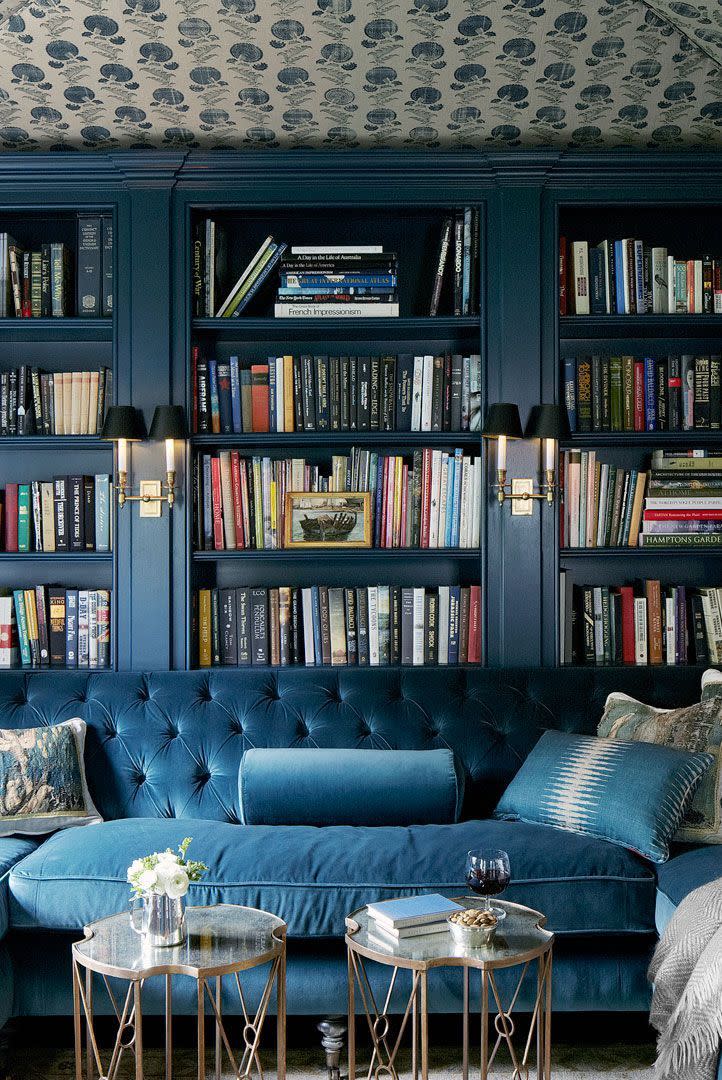
Here’s an excuse to build the home library of your dreams: Real or faux wall-to-wall built-in bookshelves can help muffle noise. So if there’s one wall in particular that you hear a lot of noise through, cover it with shelving and fill it with books. The added mass to the wall will reduce the sound transmission through it—just make sure everything is snugly against the walls, floor, and ceiling, with no big gaps.
Add More Drywall
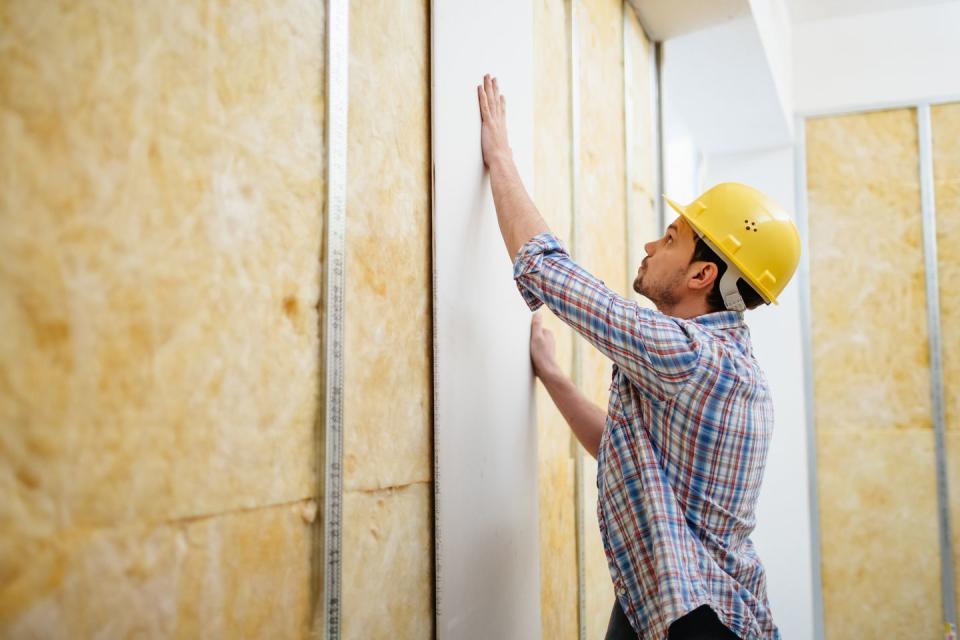
Yes, you can add more drywall to an existing wall—it’ll just cost you a bit more time and money to do it. Install a second drywall layer that’s half-an-inch thick, or consider using special sound-deadening drywall instead. The plastic polymer layer on the back of it is a noise-manipulating game-changer.
Want to know absolutely everything before starting your reno project? We get it. Let’s obsess over the details together.
Follow House Beautiful on Instagram.
You Might Also Like

